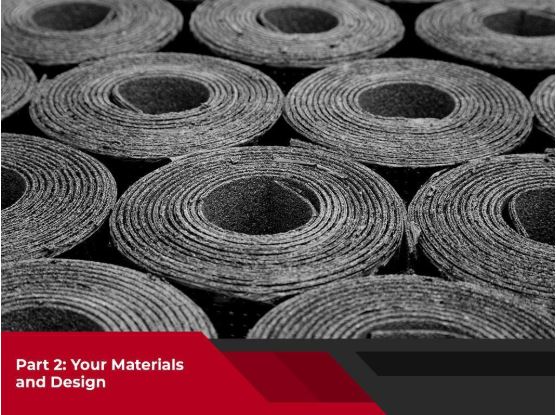Commercial roofs may look the same from afar, but there are actually a number of roof system types to choose from. Each of them offers its own pros and cons, but once you consider what your building requires, you’ll eventually find the type that’s right for you.
For starters, let’s take a look at the most common commercial roofing materials available on the market today.
Single-Ply Roof Membranes
If you’re looking for something cost-efficient that will fit your budget, single-ply roof membranes fit the bill. Proven to offer considerable durability and longevity, single-ply membranes are generally divided into two categories: thermosets and thermoplastics.
- Thermoset membranes – Recommended for larger roof areas because their manufacture and application allows for minimal seams. This quality makes them more water- and moisture-proof. They are also reinforced with components that make them UV-resistant. The most common type of thermoset membrane is EPDM.
- Thermoplastic membranes – Although single-ply thermoplastic membranes have seams, they are hot-air-welded together to form cohesive laps. When the material cools down, it returns to its original form. Thermoplastic membranes are also reinforced with a layer of fiberglass or polyester. The most common examples of thermoplastic membranes are TPO and PVC.
Metal Roofing
If you have a smaller commercial establishment or if you are turning a house into a business, you might be considering a sloped roof. If you do, a metal roof can be your best choice. Metal roofs offer uncompromising durability and longevity, as well as cost efficiency from installation to maintenance. Metal roofs are also energy-efficient, thanks to their ability to reflect upwards of 80% of the sun’s heat. Because they come in different styles and profiles, metal roofs offer you a significant aesthetic advantage as well.













